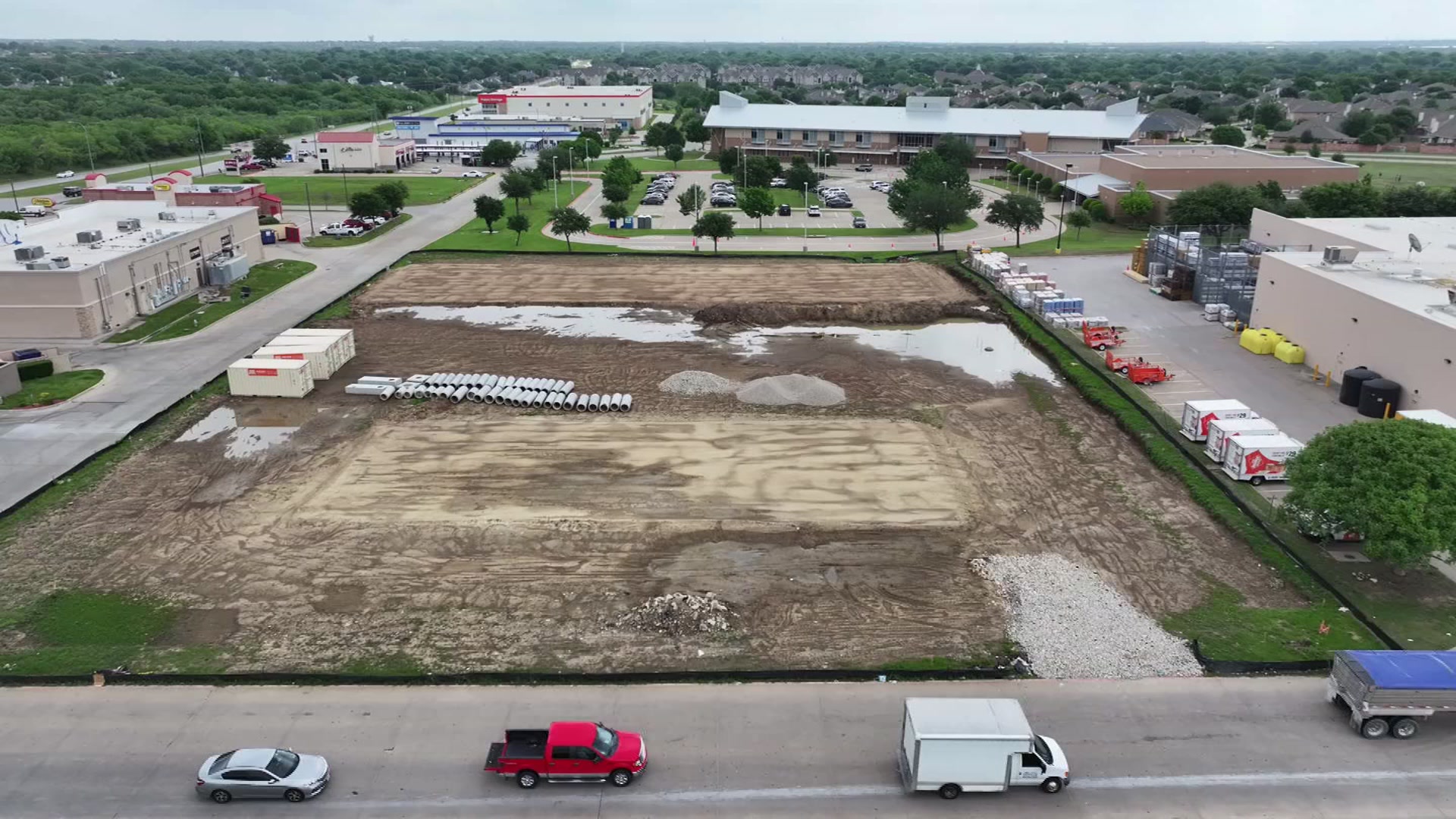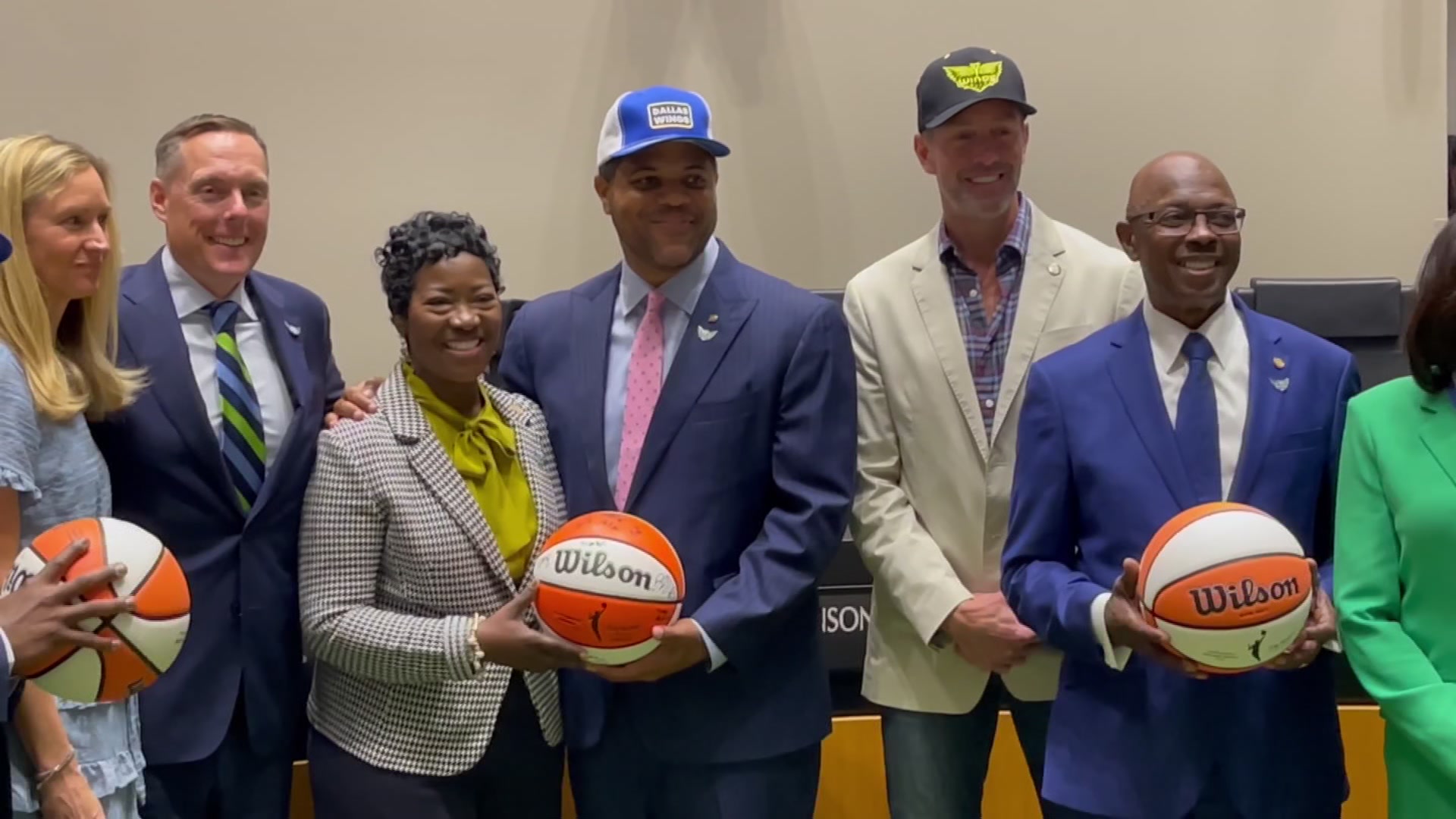Decades after Hatchett Elementary School was torn down in Bloomington, a new space for kids to learn and grow is coming in its place, one that will also recognize E.E. Hatchett, the black educator who taught and led black students in Bloomington when schools there were segregated.
This year, Victoria County will upgrade a run-down basketball court in Bloomington, thanks to a $7,500 grant from Michigan-based Dow Chemical's community grant initiative.
The Victoria Advocate reports additional funding will come from smaller grants and volunteers from the county will donate labor, said Commissioner Danny Garcia, who represents Bloomington. Garcia worked with the county government to pursue the grant opportunities.
Once complete, the worn-down basketball court will be transformed into a true park, with new basketball hoops, picnic tables, an overhang and parking spaces.
It will also come with a new name: The E.E. Hatchett Recreation Project.
The court, which is currently little more than a slab of concrete with two aging baskets, sits on the former location of E.E. Hatchett Elementary School, at the corner of East E Hatchett Avenue and Houston Street.
The school and the street were named for Hatchett, who taught for decades within the Bloomington Independent School District before eventually serving as the principal at the elementary school. Hatchett moved to Bloomington in 1926 and taught at the school district for more than 40 years before he retired in 1969, according to historian Jeff Wright, the executive director of Victoria Preservation Inc. Hatchett's wife, Marion Hatchett, was also a teacher in the school district.
Local
The latest news from around North Texas.
Hatchett was also an officer with the Teachers State Association of Texas, which advocated for black students and teachers in the state, according to the Texas State Historical Association.
The Hatchetts were beloved in the community, former students said. Bloomington resident Jackie Gladney, who went to Hatchett Elementary School, said she remembered both teachers as kind neighbors who were a part of Bloomington both inside and outside the classroom. Gladney said she began attending Hatchett Elementary School in 1957 and that the school's namesake was a respected educator in Bloomington.
"He was like a grandfather," Gladney said. "That's the way I saw him: the grandfather of the community."
Gladney said a group of Bloomington residents also created a scholarship named for Hatchett in the 1980s, shortly after he died in 1979.
In addition to honoring Hatchett, the recreation facility will provide an improved outdoor park for Bloomington, which is starved for public spaces. The community of about 2,500 people is unincorporated, meaning that it doesn't have a parks and recreation department dedicated to outdoor facilities, as is common in larger cities.
Two public health researchers had recommended upgrading the basketball court as a small but vital step toward making Bloomington a healthier community. Jennifer Scott, an assistant professor at Louisiana State University, and Jelena Todic, an assistant professor at the University of Texas at San Antonio, spent time researching and analyzing public health and the factors that influence it in Bloomington and Placedo. Both Scott and Todic have doctorates in social work and worked with the county's public health department to engage residents in their research. In 2017, Scott and Todic published their initial field report and recommended improving the court as one of a number of solutions for Bloomington.
In interviews with residents in Bloomington, two major ideas repeatedly came up, Todic said. First, she said, the community's use of the track at Bloomington Elementary School showed residents were eager to make use of safe places to exercise and spend time outdoors.
"When spaces are there and safe, the residents go," Todic said, adding that the track was a great example of residents and the school district working together to create a valued community space.
Second, Bloomington residents told Todic and Scott that the limited number of public spaces and the smaller number of sidewalks in the community reduced opportunities to exercise.
Todic said they recommended upgrading the basketball court, instead of building a new park because residents were already using the facility. Small changes could make the park more inclusive for residents and increase its use, the researchers said.
Once complete, the basketball court will offer residents not only a safe place to exercise but also a place to socialize and build stronger social ties, all of which will work toward improving Bloomington's overall future, Todic said.



